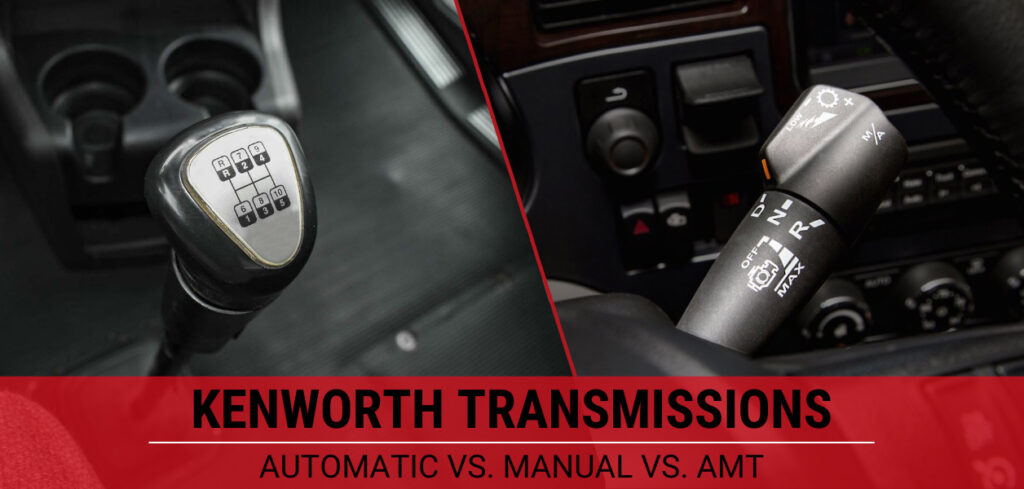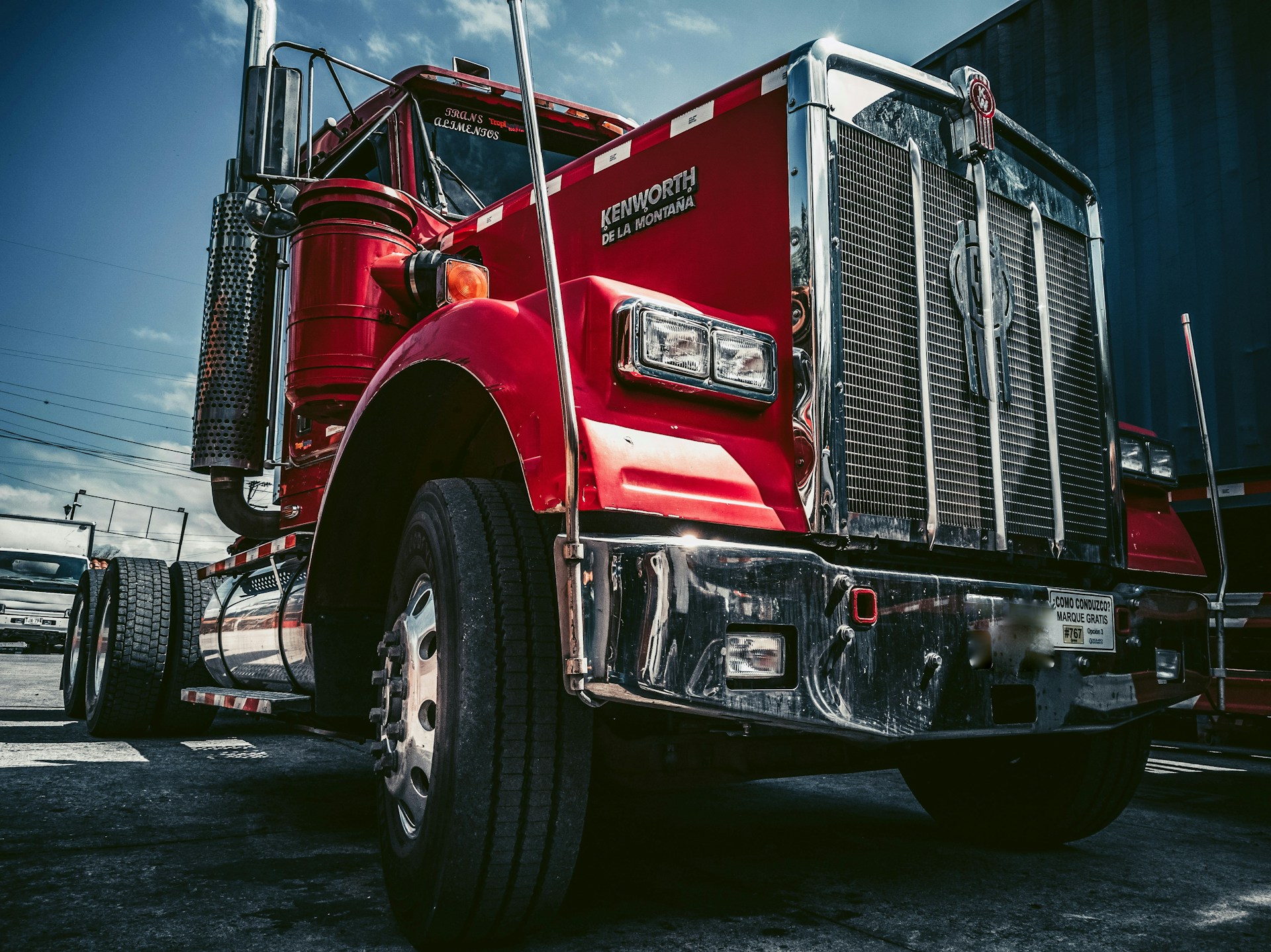
Finding the right truck begins with choosing the transmission to match your needs. Whether you’re hauling heavy loads or navigating different terrains, the transmission is crucial to your truck’s performance, efficiency, and ease of operation. In this blog, we’ll walk you through the key factors to consider and help you choose the best option for your Kenworth truck.
Automatic Transmissions
Automatic transmissions use hydraulics, sensors, as well as other electronic and mechanical systems to determine when to shift gears. The hydraulics help the transmission know when to switch to higher or lower gears. It senses how fast the truck is going and how fast the engine is running. The sensors keep track of your speed, how much power the engine is using, and how heavy the load is. The hydraulics work together with the sensors to decide the best time to shift gears. When it’s time to change, the hydraulics activate the other parts inside the transmission to make the shift happen smoothly. The Transmission Control Module (TCM) regulates when to change gears, how fast the truck should go, and when to engage the clutch based on what its reading from the sensors.
Some people find automatic trucks to be simpler and easier to drive. Automatic transmissions offer consistent gear changes, resulting in smoother acceleration and deceleration. This helps reduce wear and tear on the drivetrain. Compared to manual or AMT transmissions, automatic often delivers better fuel efficiency due to the operating system. This is especially important for commercial trucks, where fuel costs are a major concern. Automatic trucks are not only easier to learn and require less skill to operate, but they also allow drivers to focus more on the road. The absence of manual gear shifting is particularly beneficial during long hauls or in heavy traffic. Additionally, automatic transmissions can enhance safety in challenging driving conditions, such as steep inclines or slippery roads.
Manual Transmissions
In a manual transmission truck, the driver controls when to shift gears. To change gears, you press the clutch pedal, move the gear stick into the desired position, then release the clutch pedal. This reconnects the engines to the wheels in the new gear and allows the truck to continue moving forward. Each gear is designed for different speeds and power. Lower gears, like 1st and 2nd, provide more torque and power and are used when starting from a stop or going uphill. Higher gears, like 5th or 6th, provide the opposite. They are for cruising at higher speeds. This process is repetitive for whenever you need to speed up, slow down, or adjust to road conditions.
Driving a manual truck requires further technique and attention, but many drivers prefer the control it offers. The driver can decide exactly when to shift gears, allowing for more control over the truck’s power, speed, and fuel efficiency. This flexibility can be beneficial in various driving conditions, from highway to off-road environments. Skilled drivers can achieve better fuel efficiency through optimal, precise gear selection. Avoiding unnecessary shifting can save on fuel consumption in certain situations. However, manual driving can be physically demanding. Focusing on both driving as well as shifting to the proper gear can cause the driver to fatigue, especially in situations like heavy traffic. Unlike automatics, where gear shifts can be smooth and consistent, manual transmissions depend on skill and knowledge. Incorrect gear shifting can cause rough driving and increased wear or even damage to the transmission components.
Automated Manual Transmissions
An automated manual transmission (AMT) truck is a mix between a manual and automatic transmission. AMTs use a combination of software and hydraulics to control the gears, then a computer communicates with the transmission and engine to determine the best time to shift. Similar to automatic, the computer decides when to shift gears based on conditions like the truck’s speed, engine power, and load. Additionally, the truck automatically engages and disengages the clutch when shifting gears, so there is no need for a clutch pedal, just an accelerator pedal and a brake. AMTs do offer a manual mode, where the driver is able to shift up and down without the use of a clutch pedal.
The AMT combines the control and efficiency of a manual transmission with the convenience of an automatic truck. By automating the gear shifts and clutch operation, it reduces driver fatigue and simplifies driving. This is important, especially on longer hauls or in heavy traffic. This allows drivers on the road to stay focused, thus eliminating the multi-tasking needed to operate a manual truck. The manual mode offers flexibility in various road conditions for the driver to navigate better. Oppositely, comparable to automatic transmissions, the more precise computer-controlled gear shifts reduce the risk of wear and tear. AMT trucks can maximize overall fuel efficiency by relying on its computer and electronic systems to automatically change gears. A downside is their delayed response. Gears may not shift as quickly or smoothly as fully manual or automatic transmissions. On the upside, AMTs require minimal training due to their automated systems, making them a good option for both inexperienced and experienced drivers.
We have an extremely large inventory of Allison Transmission Kenworth trucks ready to purchase and order at our Coopersburg Kenworth and Liberty Kenworth of South Jersey dealership locations!
To order your next Allison Transmission Kenworth truck, contact our sales team.
View all Allison Transmission Kenworth trucks in stock, here!
Browse our New, Used, and Just Listed inventory and learn about financing with us.
Get the Latest Trucking News, Tips & More
"*" indicates required fields


